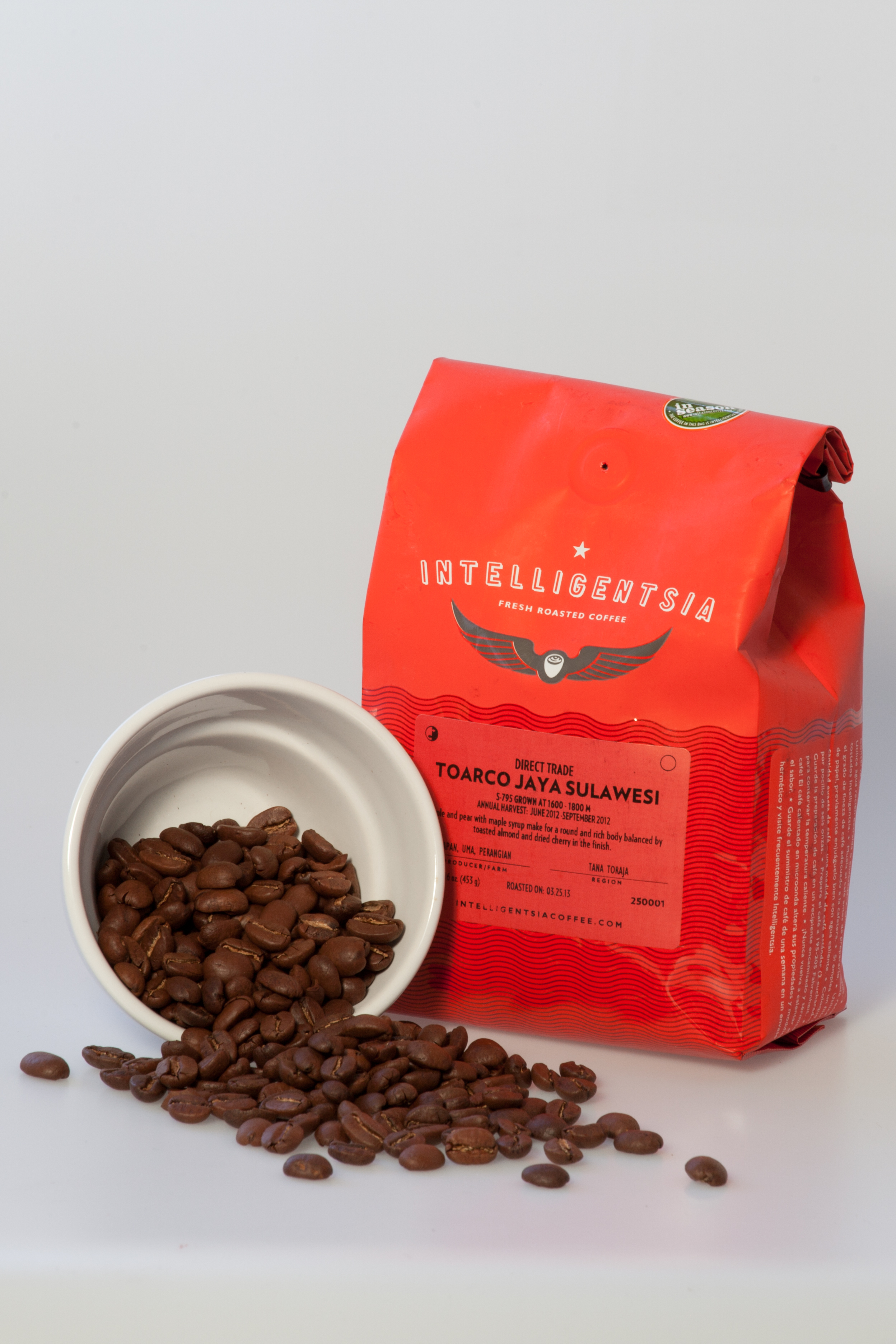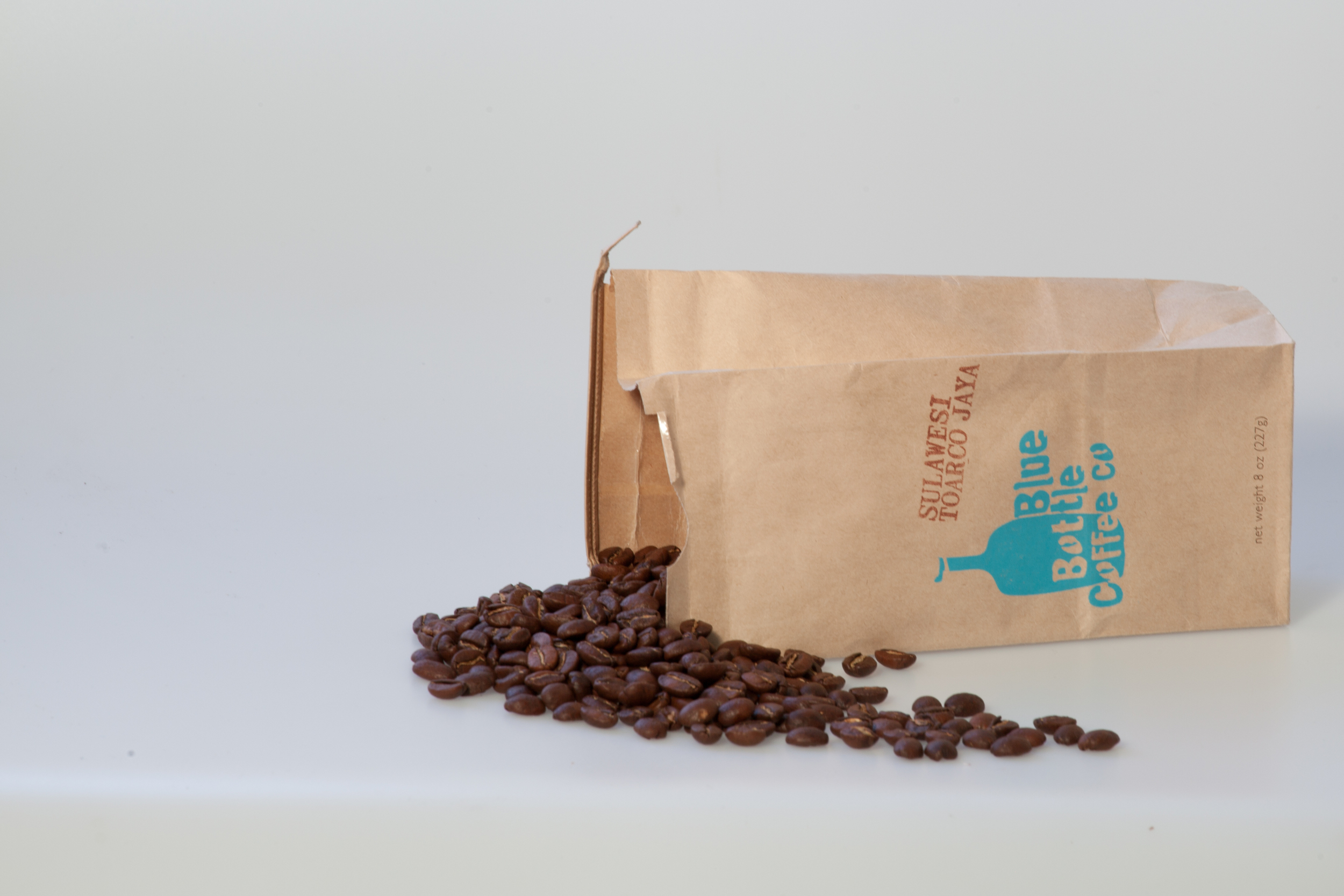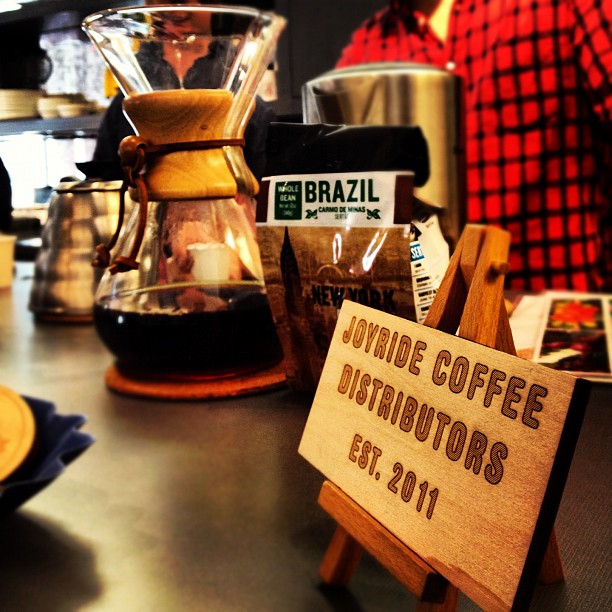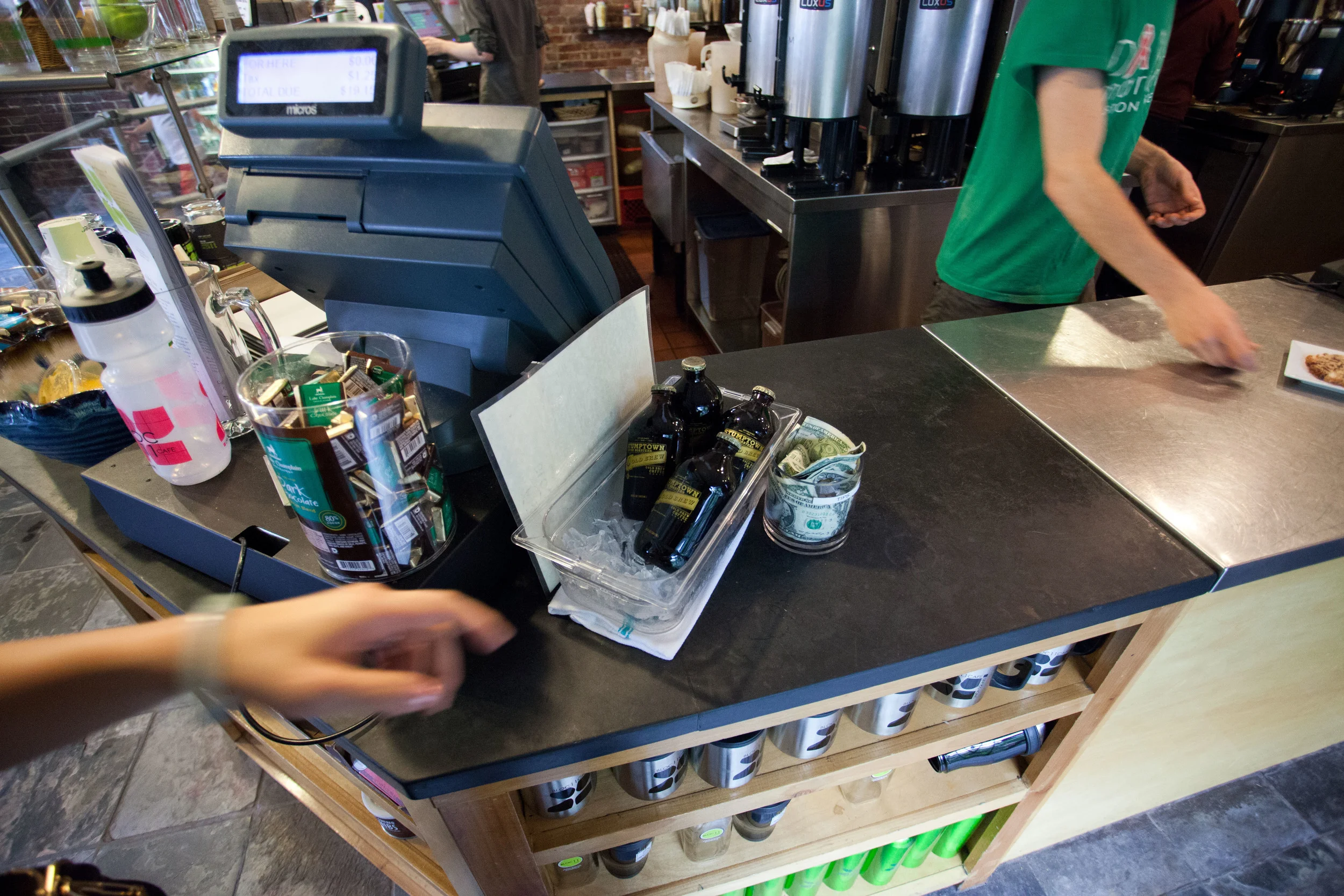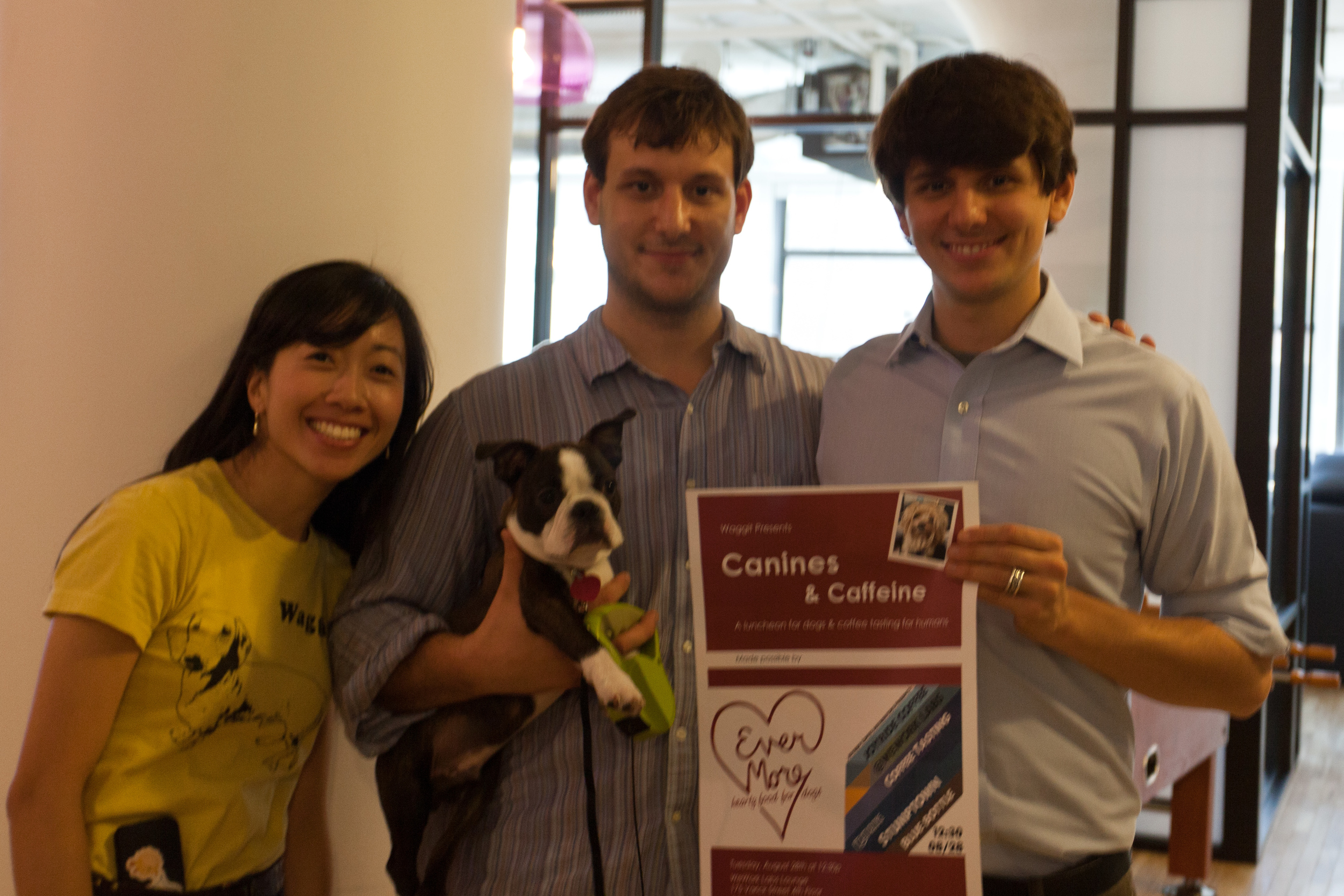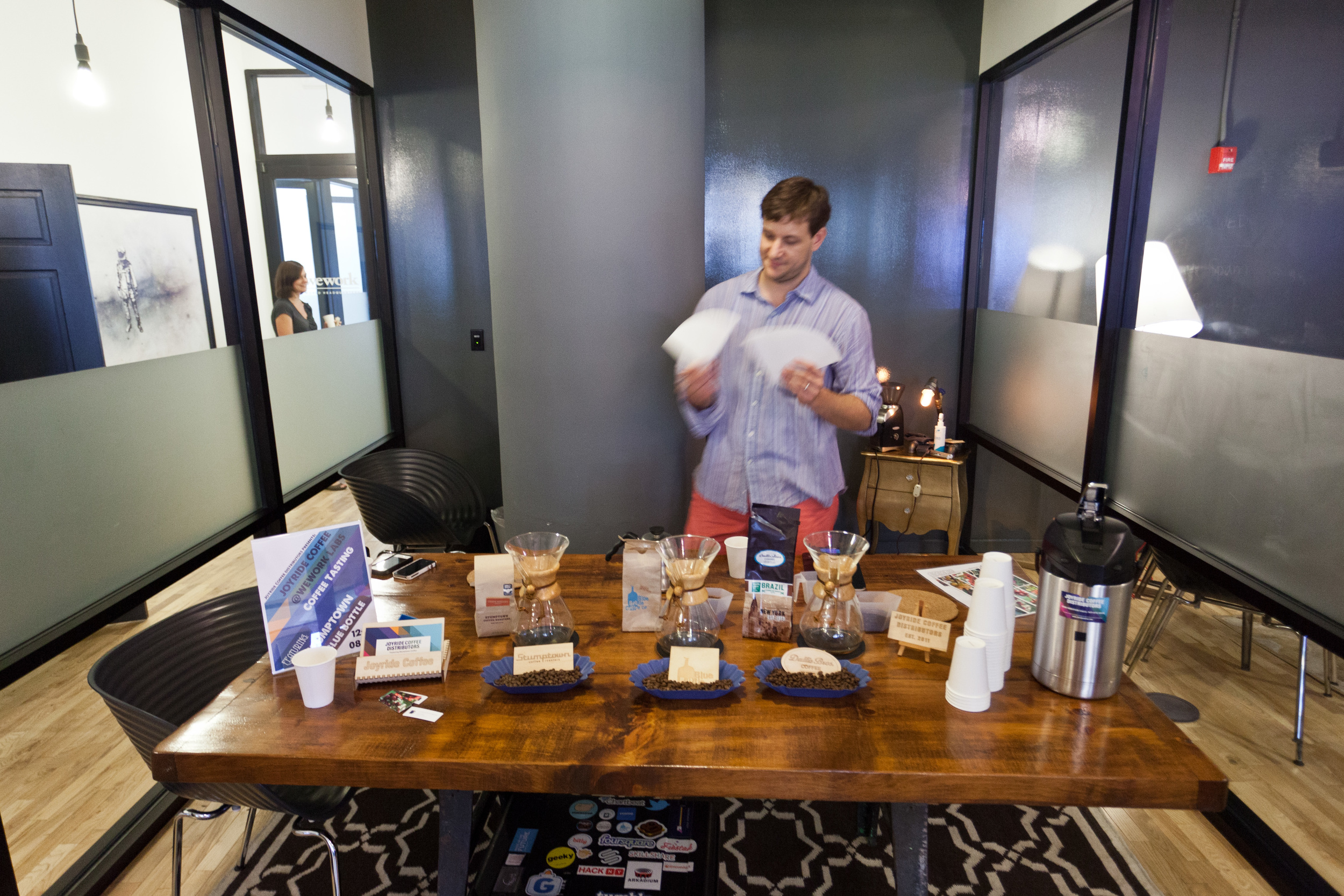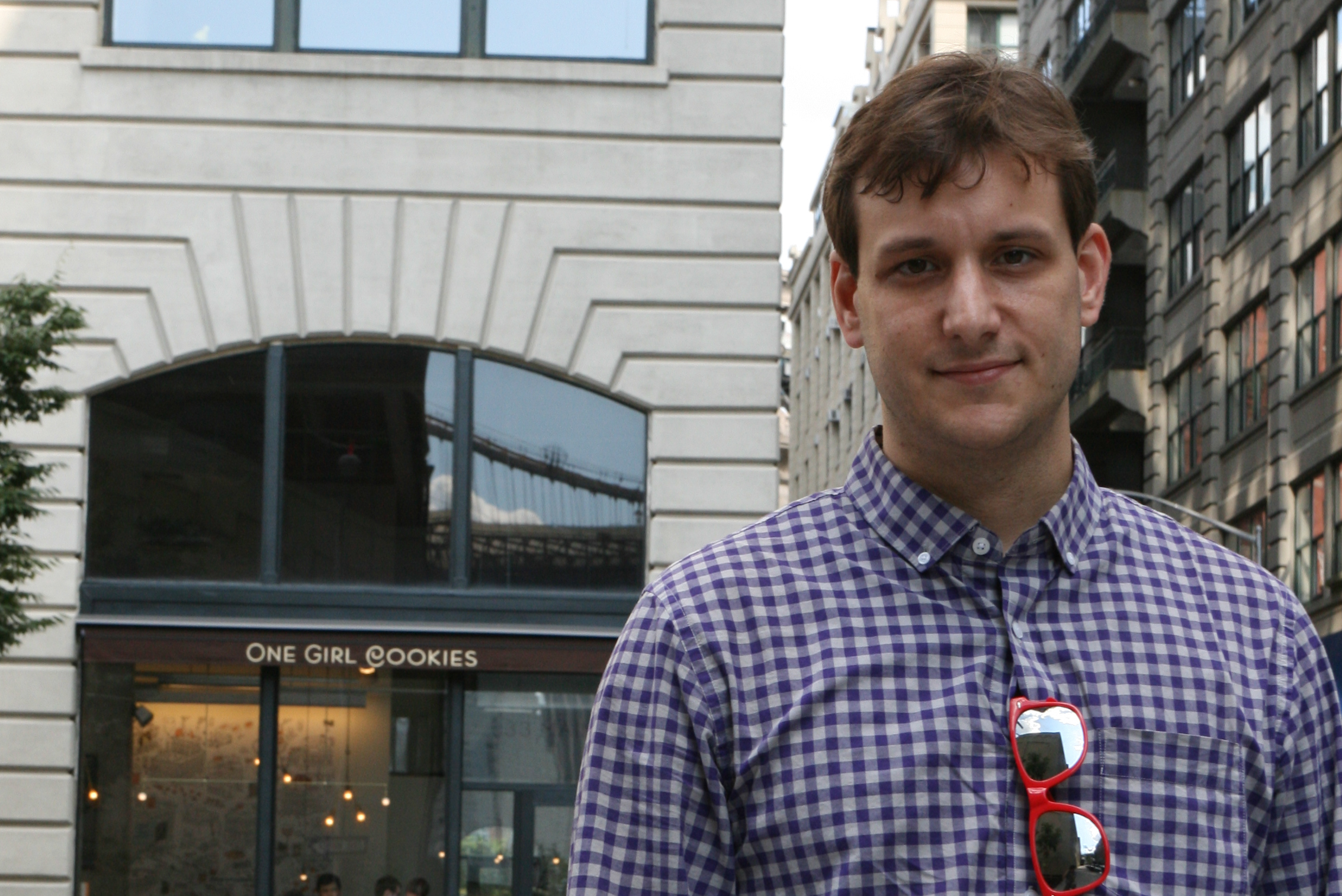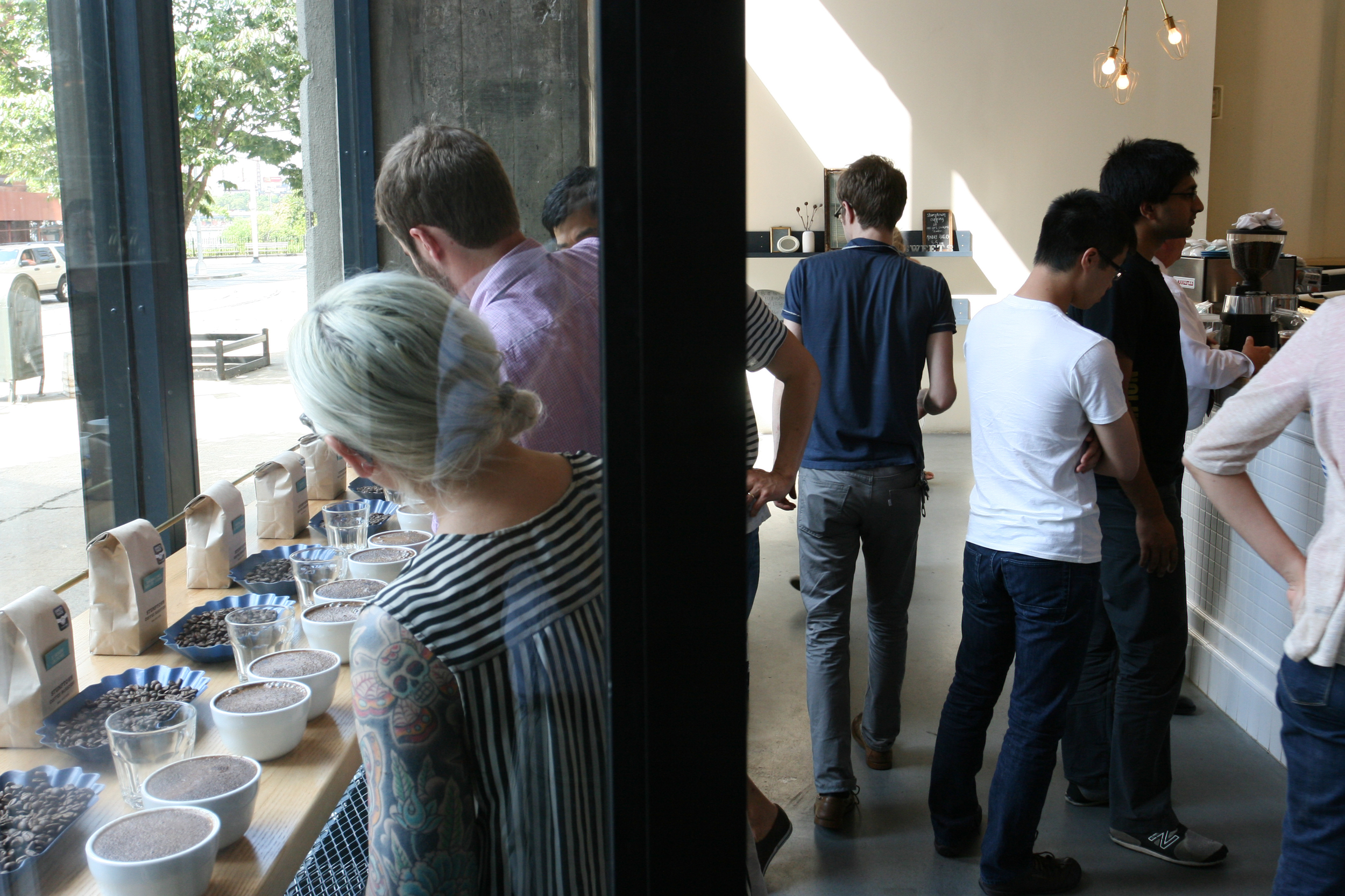As a coffee connoisseur, people always ask me about good first steps toward improving the quality of coffee they brew at home and at the office. Rather than pitching Joyride or freshly roasted beans (which are both terrific by the way), I usually recommend that they try cleaning their brewing equipment. It is by far the easiest, cheapest and most important way to get better coffee immediately.
Joyride Introduces Three New Roasters to its Menus
Joyride Coffee is happy to announce that we are adding two roasters to our San Francisco menu and one additional roasting partner to our New York menu for a total of 7 new coffees.
The Year of Sulawesi: A Renaissance in Indonesian Coffee
Indonesian coffees have long been considered earthy, and frequently flawed. Not anymore thanks to the Toarco Company.
This year, for the first time, I've had an Indonesia that I liked enough to purchase it for personal consumption. Our roasters agree. Blue Bottle, Stumptown and Intelligentsia have all released coffees from the Island Sulawesi, sourced by the Toarco Company of Japan. These coffees are sweet and bright in a way that I have never seen in an Indonesian coffee. For a long time these lots were snatched up by the Japanese market. This year, however, they've made their way to America and I'm damn happy they have. These coffees differ from traditional Indonesians in a number of ways, and well take a look at those differences.
The Toarco Company
This company has been operating on the island since 1976 and has a business model very reminiscent of Third-wave roasters. Indonesia's coffee crops are largely grown by small holders, owning on average only 1,200 trees. Because of this dispersion of control, quality is difficult to monitor and education difficult to disseminate. The Toarco company has created a model plantation, where they educate farmers on proper husbandry, picking, and processing of coffee. Farmers are welcome to come and learn how to properly operate their own farms more professionally, leading to fewer flaws in the resultant cup. To reward better practices, the company uses a strict pay-for-performance model, rewarding the most successful farmers with the highest prices. All the coffees purchased by the Toarco company are cupped three times during their evolution from cherry to green bean and are judged based on quality of cup, size of beans and number of defects. They will purchase coffee only from farmers and collectors who agree to adhere to their uniquely strict sourcing, picking and processing requirements.
The Terroir and Varietals
Coffee was first brought to Indonesia via India by the Dutch East India company in the early 1700s. Coffee was, at that time, a new and popular drink among wealth bourgeoisie and royalty, with prices as high as $300/lb (adjusted for inflation). The plants brought to Indonesia were of the Typica varietal and were from East African stock. These early plants are considered a 'noble' varietal, that is to say, they are damn tasty. Over time, most of these trees were replaced by Robusto and and the arabic hybrid Catimor - both of which have higher yields and are less susceptible to leaf rust (such as the rust that is currently ravaging Colombia). Unfortunately, they are also not as tasty. Due to the rural nature of Sulawesi, those changes never took place and thus, you can still find the original Typica, as well as another great varietal, S-795, all throughout the region. To help maintain these varietals, the Toarco company gives away free seedlings grown on its model estate, Pedamaran. In doing so they are ensuring that these lower yielding, but better tasting varietals continue to thrive in the face of the pressures of globalization and access to alternative, hardier trees.
The Processing
Most Indonesia coffees are processed using the wet-hull method: while the beans are still not fully dried, they are bought to market, where they are purchased, damp, by a middle man. Due to the difficulty of transportation and storage in rural and humid Sulawesi, the typical transportation to well established facilities that we see in Africa and Latin America is damn near impossible for these small-holding farmers. The Toarco company has mitigated this difficulty and in doing so allowed for a better, if more expensive processing system, by setting up rural coffee purchasing stations where the farmers can bring their crops. These are then aggregated and dried fully in their parchment before shipping out. The result is that most of the fruit-like brightness and acidity survives the processing in way that it can't survive wet-hull processing. This difference alone has a drastic impact on the cup, yielding notes that I've never had before in Indonesian coffees.
With an understanding of the background, lets take a look at the specific offerings. They come from slightly different lots but they are all syrupy, fruity and absolutely worth buying if you can get your hands on them.
Intelligentsia Toarco Jaya Sulawsi Region- Tana Toraja Varietal- S-795 Elevation- 1600-1800masl Processing- Wet Processing Cup- Apple and pear with maple syrup make for a round and rich body balanced by toasted almond and dried cherry in the finish. Retail Price- $20/12oz
Stumptown Indonesia Sulawesi Toarco Toraja Region- Toraja, Sulawesi Varietal- S-795, Typica Elevation- 1400-1800masl Processing- Washed Process Cup- Sweet and juicy notes of red currant and plum coat your palate in a cup with the taste and texture of molasses. Retail Price-$16.50/12oz
Blue Bottle Sulawesi Toarco Jaya Region- Tana Toraja, Sulawesi, Indonesia Varietal- S-795/Jember, Typica Processing- Wet-processed Elevation- 1450-1600masl Cup- Huge, sweet body with much more complexity than your typical Indonesian Retail Price- $13.89/12oz
Having tried all three of these coffees, it is immediately apparent that they aren't from the same lot. Those small differences in elevation and origin have lead to three different, yet good cups. The blue bottle is full-bodied and juicy without leaning toward a muddled cup, while, on the other end of the spectrum, the intelligentsia is surprisingly nuanced for such a chewy cup. The Stumptown falls somewhere in the middle, but maintains an attractive sweetness. These coffees bring to mind some of the sweeter Ethiopians I've had, although their body is significantly fuller. This style of coffee is unlike any I've had before. If this is the direction Indonesian coffees production is moving, then I for one welcome the change.
Preferred Brew Method: These coffees make a killer cup that comes out as even fuller and richer when prepared on the french press.
A Joyride Coffee Tasting FAQ
The way we like to introduce potential customers to our products is through a free in-office tasting.
But what exactly a tasting is, is a bit of a mystery to most people. The norm in the coffee industry is a cupping, but to be honest, while these give the clearest understanding of a coffee, they don't really give people a taste of how their coffee will go down on a day-to-day basis. So then what is a tasting? For this, I think an FAQ format is best.
What Coffee will we try at a tasting? How will it be prepared?
In terms of the coffee, a tasting will consist of three different roasts; one from each of our roasters. We will usually have a Latin, an African and a blend. For example, recently we have been doing a Dallis Brothers Sertao Yellow Bourbon from Brazil, a Stumptown Ethiopian Mordecofe and a Blue Bottle Bella Donovan blend. These coffees are prepared on a Chemex pour-over. We use Chemexes because they allow us to get a very clean cup, and they mimic the way that coffee is brewed when prepared with our office equipment. In the summer months, we also bring a sample of our in-house cold brew. Cold-brew carries all the potency of coffee, with a fraction of the acidity. We'll give tasting notes on the coffees, and describe what traits makes them special, such as different single-origin coffees, single-varietal coffees and Direct trade coffee sourcing. We'll also go into the process of how coffee goes from being a little red cherry on a plant in Latin America, to a delicious brown liquid in an office in New York.
What Equipment options do you offer?
We offer coffee equipment for offices from ten to a thousand employees. We have options that are direct plumbed, and ones that are filled by carafe. You can look at our coffee equipment options here. We also offer water cooler solutions for offices of all sizes.
What do we need on our End?
Our baristas will come fully prepared. All we need is a water source, a table and two outlets.
How long is a tasting?
A tasting takes about half an hour sandwiched between a 15 minutes setup and a 15 minutes break-down.
How many people can come to a tasting?
We have done tastings for 3 people and 300 people. These events can be as big or small, formal or informal as you like.
Is there any cost or commitment?
Nope! The tasting is totally free and there is no commitment. Even if you go with us, we don't have a contract. We don't believe in them! We think that our beans should speak for themselves and if you aren't happy, you should be able to walk away.
Cafe Profile: Bloc 11 in Somerville, MA
Cafe Profile: Bloc 11 in Somerville, MA. I had the pleasure to stop in at a great cafe on a recent trip to Somerville, MA.
Bloc 11
11 Bow Street
Somerville, MA 02143:
Bloc 11 is a massive cafe set up in what looks to be in an old bank with a Yoga studio on top. The space is open, and bright, with nice, roomy outdoor seating. Even with two cash registers, there is always a line. With good reason. It seems that this cafe often switches between roasters. I ordered a double espresso (i use the double as a yard-stick by which to measure cafes). It was balanced, and neat, with a pleasant acidity. They also carry a hefty number of retail bags by Stumptown, Intellegensia and Counter Culture. The food was also very good (Sandwiches and the like) and their baked goods were fresh and rich. A word of warning: all of their coffees have to be shipped in, so if you are buying a retail bag, make sure to check the date. Some of it is very fresh, but some of it is a bit past prime. In either case, the baristas are skilled, the beans are great and the equipment is quality, so what's not to like? Here are the pics:
Coffee and Canines Event - Hot Dog!
We brewed some coffee in the Wework Lab space with Queens Tech Meetup bud, Audrey, founder of Waggit .
Waggit is a community that makes having a dog a bit easier, by swamping dog sitting, or sharing a dog walker. We are a dog-friendly office with Ike, Lola and Otto keeping the dog-to-person ratio at a pleasant 1:1. With our love for dogs, we were happy to help out another Queens tech bud out! Evermore, a company that makes organic dog-food in a USDA certified kitchen, were also there, serving up food to the pups that swung by as well as our own Ike (who found it quite tasty).
We dished some chemexs of Stumptown's Ethiopia Mordecofe, Blue Bottle's Bella Donovan and the Dallis Brasil Fazenda Sertao Yellow Bourbon to the denizens of the WeWork Lab space and dog lovers alike.
I have some photos from the event, but you will have to forgive my shaky camera work.
Stumptown Office Coffee: August 2012 Tasting
August has Stumptown releasing it's newest crop of Direct Trade Coffee. Needless to say, we were excited to try and find a new Stumptown Office Coffee.
This particular role out leans heavily toward the Latins with Three Guatemalans, two Hondurans an an El Salvadorian offering. Particularly noticeable was that all three Guatemalan offerings were single varietal. It seems like the move toward single-varietal coffees among the highest quality beans is inexorable. As beans are increasingly divided into smaller and smaller lots, all this level of differentiation has becoming increasingly prominent. Even our most affordable offering, the Dallis Bros. Fazenda Sertao, is composed exclusively of Yellow Bourbon. While certain varietals have established themselves, namely the Geisha so famous for the outrageous prices it can pull in, it seems like many of these varietals are still looking for their own voices, and point of view. I'm sure that as coffee becomes ever more stratified, we'll find plenty of distinction between them, and find that certain varietals work better with certain teroir.
But enough of my musings about varietals. Lets talk about the coffees.
In Office Tasting
We conducted our tastings in two steps. Two Fridays ago, my brother and I sat down and made a Chemex of each (look here for a brew guide). 43g Coffee, 700g water. We took tasting notes and tried the coffee first hot, and then again about an hour later, at room temperature. The Kenyan Peaberry didn't make it to this stage. We had already brewed an airpot of it on our fetco and drank it while making deliveries the day before. While it is the most expensive offering from the new role out, for the quality of coffee it is, we found it a bargin. It has a huge flavor and I think is best enjoyed in small quantities, at 90-100 farenheit.
Stumptown Cupping at One Girl Cookies, Dumbo
The other part of our sampling was a proper cupping at One Girl Cookies, in Dumbo. It was organized by Jamie and Jules of Stumptown. Jules was actually the lady who trained me to make espresso about three years back, when we were starting up the mobile cafe that turned into Joyride Coffee. What stood out in our minds was the breadth of the Latins. Of course, the Nano Challa (a returning favorite, for all of you Ethiopian lovers) was great, but the Latins portrayed a wildly varied cup, from the timid and fragile tea like El Salvadorian Los Caleros, to the syrupy and almost Indonesian Guatemala Finca Semillero - Caturra. I guess I sort of associated Latins with lighter body, chocolatey notes and some spices.
And the Coffees:
We will be trying out the Latins as Stumptown Office coffee, and as our Office Coffee Cold-brew. We'll let you know when we find out what we think works best.






